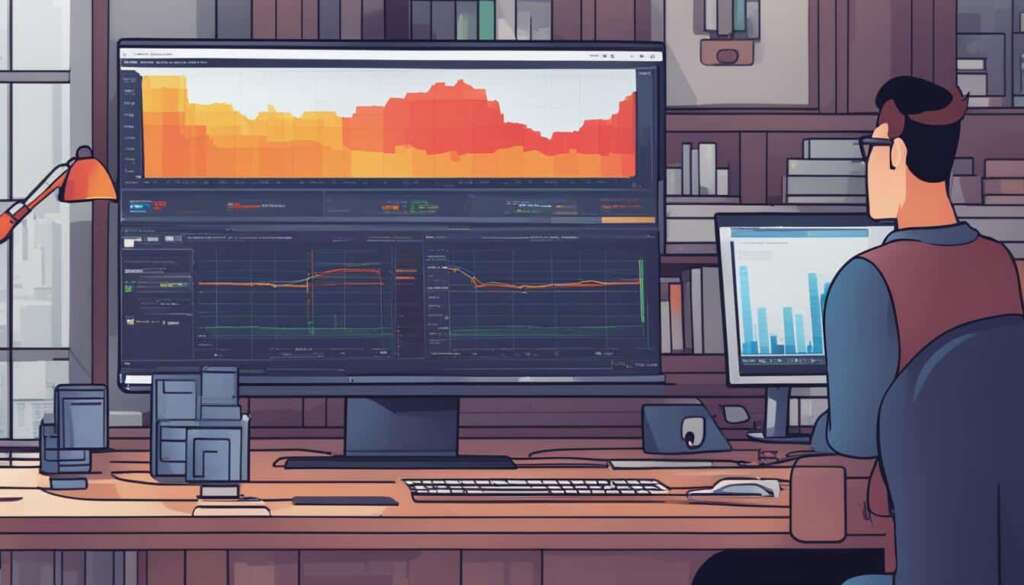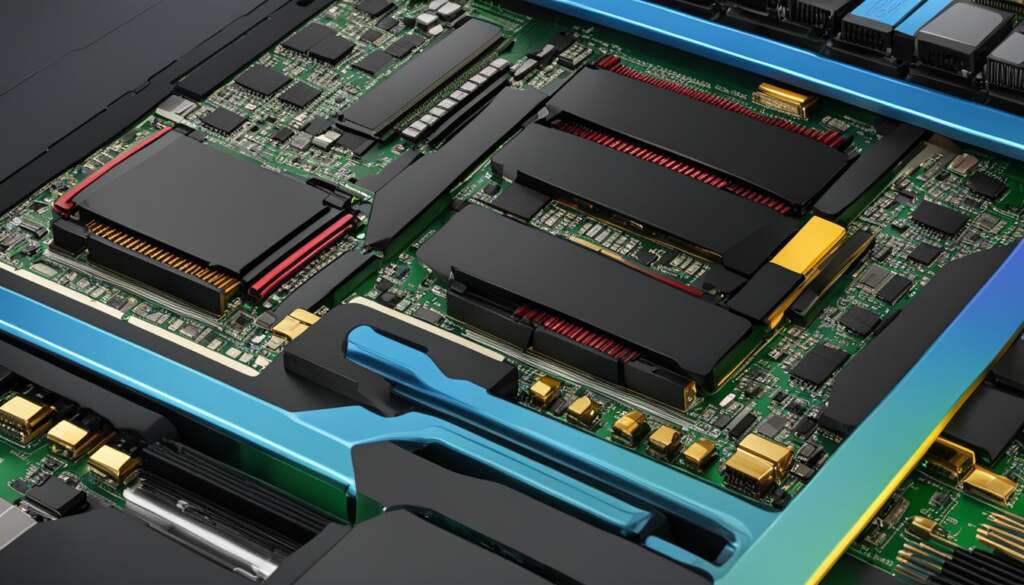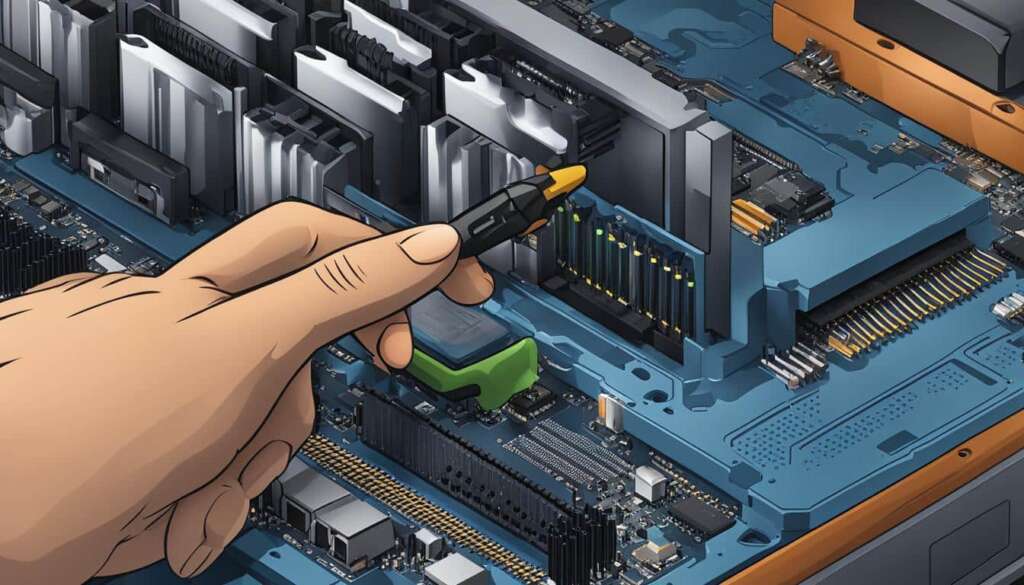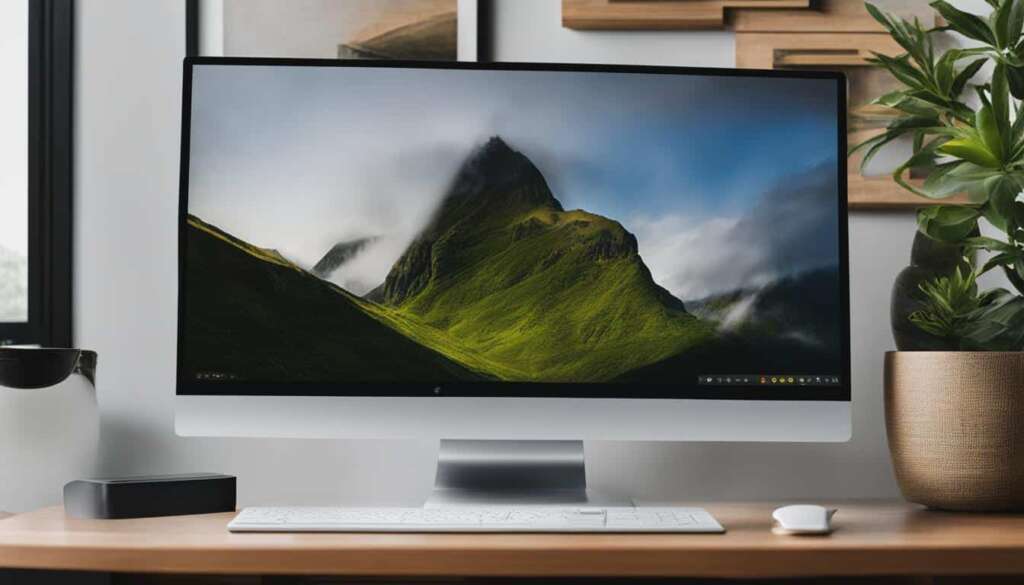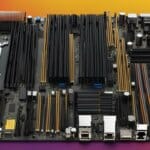Table of Contents
Are you curious about how much memory your PC is using? Whether you want to check the RAM usage or find out the capacity of your computer’s memory, this how-to guide will walk you through the process step-by-step.
Firstly, let’s explore how to see how much memory is being utilized on your PC. You have a few options depending on your operating system.
On Windows, you can use the built-in Task Manager to check RAM usage. Open the Task Manager and navigate to the Performance tab. This will provide you with a clear breakdown of your PC’s total memory capacity and how much of it is currently being used. You can also view the memory usage of specific processes and applications.
If you’re a Mac user, you can utilize the Activity Monitor. Access the Activity Monitor by searching for it in Spotlight or through the Utilities folder. In the Activity Monitor, click on the Memory tab to see the total amount of RAM installed on your Mac and the current usage. Additionally, you can check the memory usage of individual processes and applications. Another method for Mac users is to go to the Apple menu, select About This Mac, and click on the Memory tab.
For Linux users, you can easily check RAM usage by using the terminal. Open the terminal, enter the command “free,” and press Enter. This will display the total amount of RAM installed on your Linux system and how much of it is currently in use. The information will be broken down into categories such as total, used, free, and available. This can help you assess whether you need to add more RAM or optimize your system’s memory usage.
Checking your PC’s memory usage doesn’t have to be complicated. With the right tools and knowledge, you can keep track of your PC’s RAM usage and ensure optimal performance. Use the instructions provided above to easily check your PC’s memory usage and gain valuable insights into your computer’s performance.
How to Check RAM on Windows
To check the RAM on Windows, you can use the Task Manager. Whether you’re using the latest Windows 11 or older versions like Windows 10 and 7, the process is straightforward. Here’s how:
Step 1: Open the Task Manager
On Windows 11, hold down Ctrl+Alt and press Delete to open the Task Manager. On Windows 10 and 7, simply press Ctrl+Shift+Esc to access the Task Manager directly.
In the Task Manager window, click on the Performance tab at the top.
Step 3: View RAM Usage
Once you’re on the Performance tab, click on the Memory tab in the left sidebar. Here, you’ll find detailed information about your computer’s RAM usage.
The graph displayed will show you the total amount of RAM installed on your computer and how much of it is currently being used. You can also see a visual representation of the RAM usage over time, giving you insights into how your system utilizes memory resources.
With this simple method, you can easily monitor your Windows computer’s RAM usage and identify if any adjustments or optimizations are needed.
Comparison of RAM Usage on Different Windows Versions
| Windows Version | RAM Usage |
|---|---|
| Windows 11 | Displays real-time RAM usage and provides comprehensive insights with user-friendly graphs. |
| Windows 10 | Shows RAM usage details, including overall usage and individual process consumption. |
| Windows 7 | Provides basic RAM usage information without advanced features or visual representations. |
How to Check RAM on Mac
To check the RAM on a Mac, you can use the Activity Monitor. Open the Activity Monitor by searching for it in Spotlight or through the Utilities folder. In the Activity Monitor, click on the Memory tab. This will display the total amount of RAM installed on your Mac and how much of it is currently being used. You can also see the memory usage of specific processes and applications.
Another way to check the RAM on a Mac is by going to the Apple menu, selecting About This Mac, and clicking on the Memory tab. This will show you the amount of RAM installed on your Mac.
Activity Monitor
The Activity Monitor is a built-in tool on macOS that provides detailed information about the processes and resources used by your Mac. It is a powerful utility that can help you monitor and manage the performance of your system.
“The Activity Monitor is an essential tool for Mac users to keep an eye on their system’s performance and identify any potential issues.”
When you open the Activity Monitor, you’ll see multiple tabs, including CPU, Memory, Energy, Disk, and Network. For checking the RAM usage, click on the Memory tab.
| Category | Explanation |
|---|---|
| Physical Memory | The total amount of RAM installed on your Mac. |
| Used | The amount of RAM currently in use by your Mac. |
| Wired Memory | The amount of RAM reserved for essential system processes. |
| Compressed | The amount of RAM compressed to save space. |
| Cached Files | The amount of RAM used for caching data. |
| App Memory | The amount of RAM used by specific applications. |
By monitoring the RAM usage, you can identify if your system is running low on memory and take appropriate actions, such as closing unnecessary applications or upgrading your RAM.
How to Check RAM Usage on Linux
If you’re using Linux and want to check the RAM usage on your system, you can easily do so using the terminal. To open the terminal, simply press the Win key (or the Super key), type “terminal” in the search bar, and hit Enter.
Once the terminal is open, you can use the “free” command to see the RAM usage. Simply type “free” (without the quotes) and press Enter. This command will display detailed information about the RAM, including the total amount of RAM installed on your Linux system, as well as the amount of RAM being used, free, and available.
This breakdown of RAM usage can be helpful in determining if you need to upgrade your RAM or optimize its usage. For example, if you find that a significant portion of your RAM is being used and very little is free or available, it may indicate that your system could benefit from additional RAM.
By checking the RAM usage on your Linux system, you can gain valuable insights into system performance and make informed decisions to enhance its efficiency and overall user experience.
FAQ
How can I check the memory usage on my PC?
You can use the built-in Task Manager or Activity Monitor, depending on your operating system. On Windows, open the Task Manager and go to the Performance tab to check RAM usage. On Mac, open the Activity Monitor and click the Memory tab. On Linux, open the terminal and enter the command “free” to see your memory usage.
How do I check the RAM on Windows?
To check the RAM on Windows, you can use the Task Manager. On Windows 11, hold down Ctrl+Alt and press Delete to open the Task Manager. On older versions like Windows 10 and 7, you can press Ctrl + Shift + Esc to open the Task Manager. In the Task Manager, click on the Performance tab and then the Memory tab. This will display the total amount of RAM installed on your computer and how much of it is currently being used. You can also see a graph of the RAM usage over time.
How can I check the RAM on a Mac?
To check the RAM on a Mac, you can use the Activity Monitor. Open the Activity Monitor by searching for it in Spotlight or through the Utilities folder. In the Activity Monitor, click on the Memory tab. This will display the total amount of RAM installed on your Mac and how much of it is currently being used. You can also see the memory usage of specific processes and applications. Another way to check the RAM on a Mac is by going to the Apple menu, selecting About This Mac, and clicking on the Memory tab. This will show you the amount of RAM installed on your Mac.
How do I check the RAM usage on Linux?
To check the RAM usage on Linux, you can use the terminal. Open the terminal by pressing the Win key, typing “terminal,” and pressing Enter. In the terminal, type in the command “free” and press Enter. This will display the total amount of RAM installed on your Linux system and how much of it is currently being used. You can see the memory usage broken down into categories like total, used, free, and available. This information can help you determine if you need to add more RAM to your Linux system or optimize its usage.

